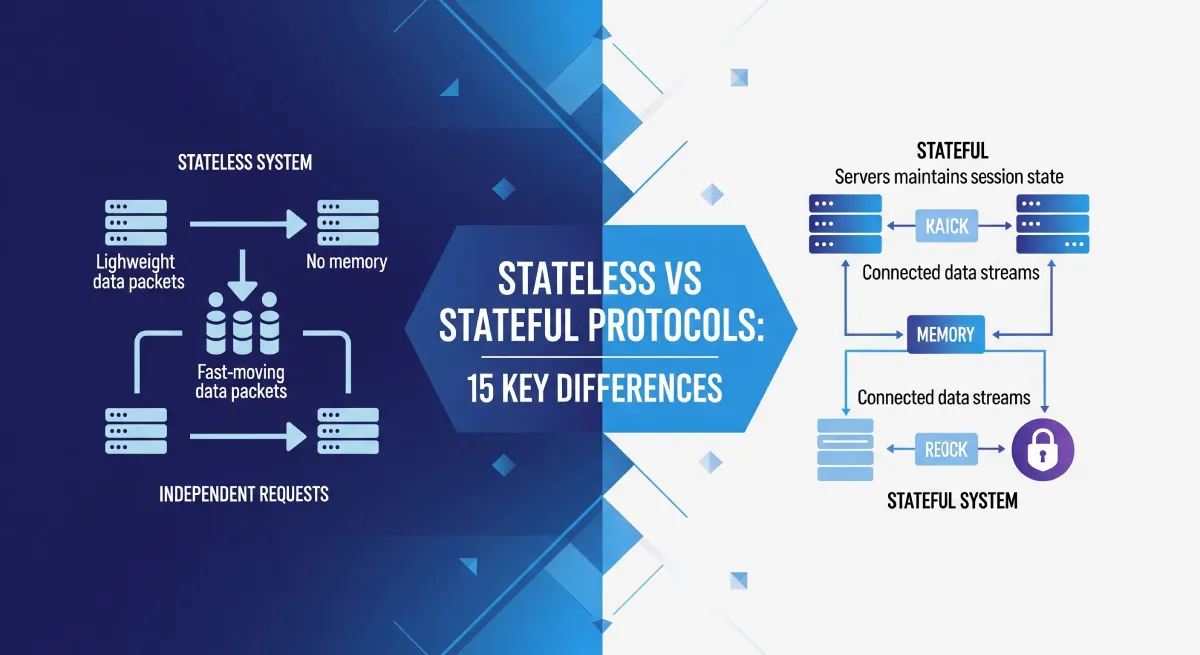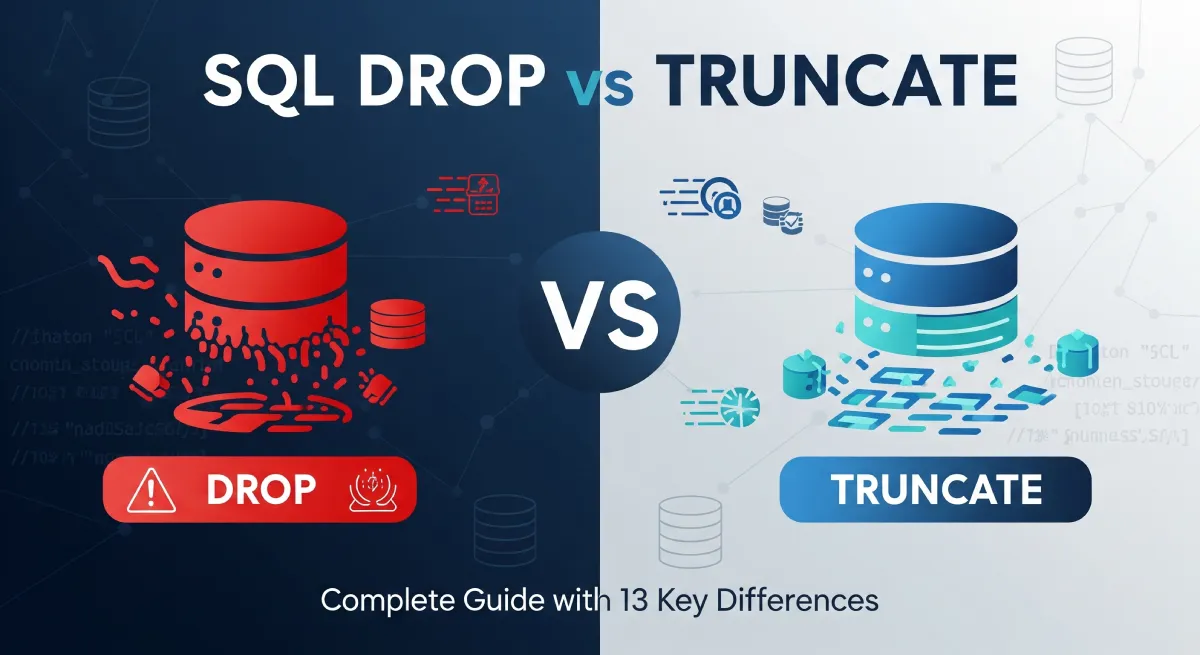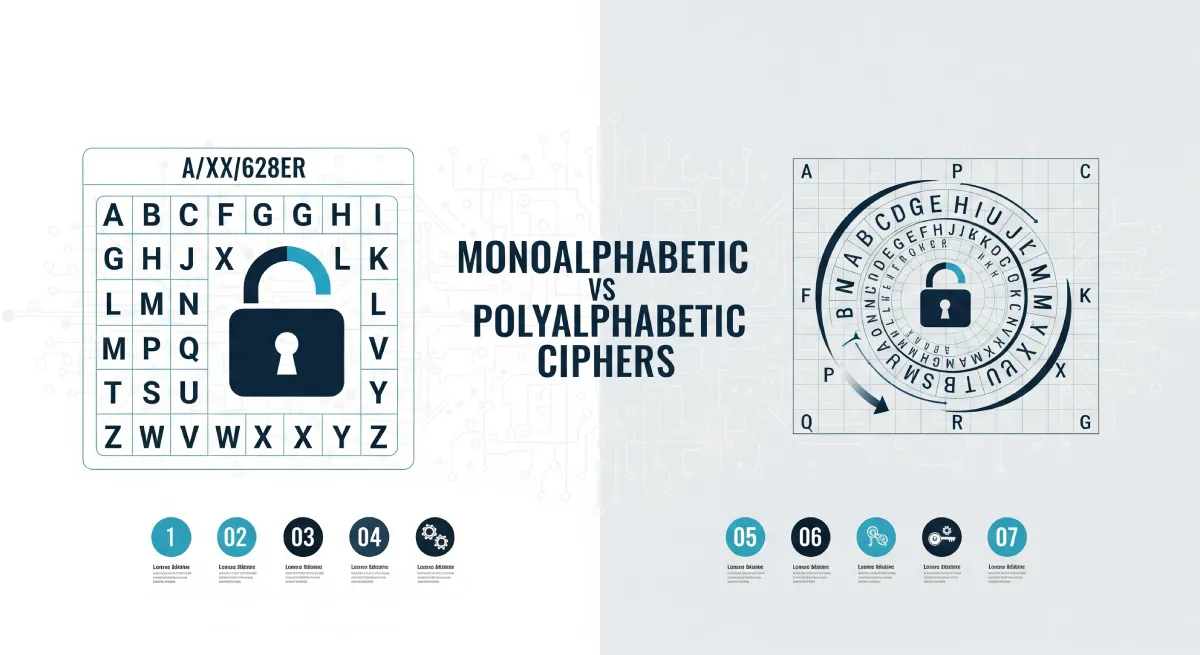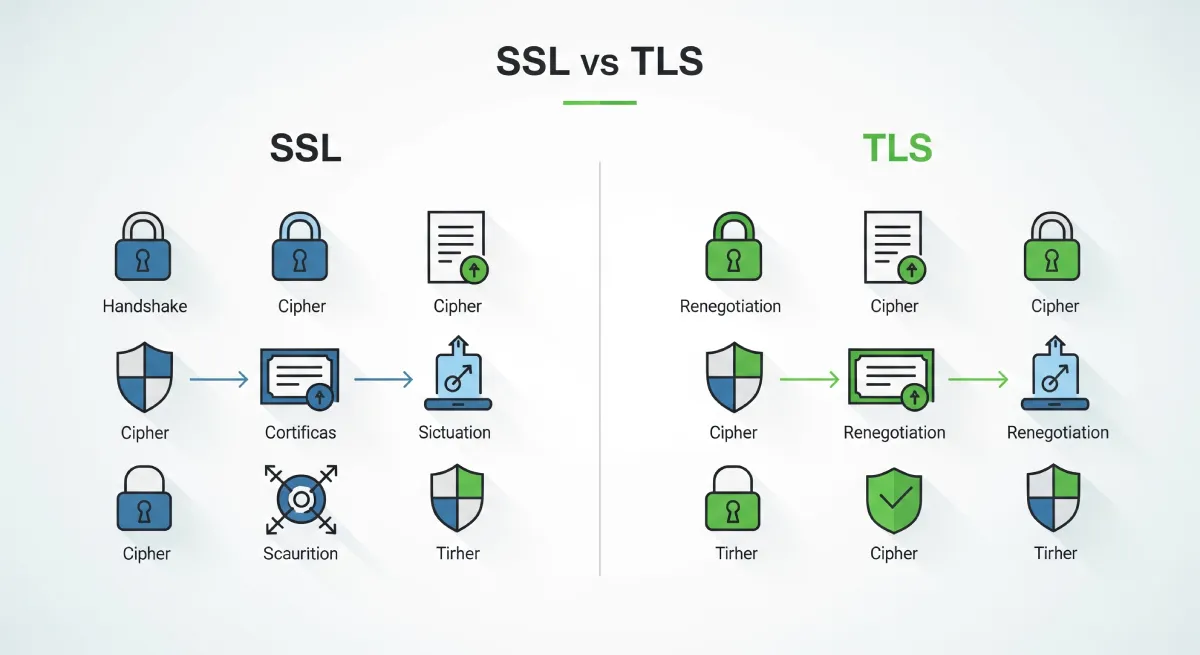Understanding SRAM vs DRAM is crucial for grasping memory technology in computers. SRAM (Static RAM) is faster and more reliable but expensive, while DRAM (Dynamic RAM) offers higher capacity at a lower cost. This guide explores their differences, benefits, and practical applications.
Understanding SRAM
Introduction to SRAM
SRAM, known for its speed and stability, is a type of volatile memory that stores data using flip-flop circuits. Unlike its counterpart, DRAM, SRAM does not require constant refreshing, making it faster in terms of data retrieval.
How SRAM Works
SRAM stores each bit of data in a flip-flop circuit, consisting of multiple transistors. The stable nature of these circuits eliminates the need for constant refreshing, ensuring quick and direct access to stored information.
Use Cases of SRAM
SRAM’s speed and stability make it ideal for use as cache memory in processors, providing rapid access to frequently used data and significantly boosting overall system performance.
Decoding DRAM
Introduction to DRAM
DRAM, on the other hand, is a more common form of volatile memory that stores data in a capacitor within an integrated circuit. Unlike SRAM, DRAM requires periodic refreshing to maintain the integrity of stored data.
How DRAM Works
DRAM relies on the charge stored in capacitors to represent bits of data. However, due to leakage, this charge needs to be refreshed at regular intervals to prevent data loss, making DRAM slightly slower than SRAM.
Use Cases of DRAM
Despite its lower speed compared to SRAM, DRAM is widely used as the main memory in computers due to its higher storage capacity and cost-effectiveness.
Use Cases and Applications
SRAM:
Primarily used as cache memory in processors.
Ideal for applications requiring high-speed data access.
DRAM:
Main memory in computers for general storage needs.
Cost-effective solution for higher storage capacities.
Choosing the Right Memory for Optimal Performance
Considerations for SRAM:
Processor Cache: SRAM excels as cache memory, providing rapid access to frequently used data.
Real-Time Applications: Suited for applications requiring instant data retrieval.
Considerations for DRAM:
Main Memory: DRAM serves as the primary memory in computers, offering higher storage capacities.
Cost-Effectiveness: Ideal for applications where a balance between performance and cost is crucial.
Key Difference Between SRAM and DRAM
SRAM | DRAM |
|---|---|
| Stands for Static Random Access Memory | Stands for Dynamic Random Access Memory |
| Small size | Large size |
| More expensive | Less expensive |
| Less power consumption | More power consumption |
| Fast speed | Slow speed |
| Refresh circuit is not needed | Refresh circuit is needed |
| Made of transistors and flip-flops | Made of capacitors and very few transistors |
| Used as cache memory | Used as main memory |
| Complex structure | Simple structure |
| Low packaging density | High packaging density |
| More stable | Requires refreshing for stability |
| Processor cache, high-speed applications | Main memory, general computing |
FAQs: Unveiling More Insights
Q1. Is SRAM or DRAM Faster?
Answer: SRAM is faster due to its static nature and lack of need for refreshing, making it ideal for high-performance applications.
Q2. What Are the Main Differences Between SRAM and DRAM?
Answer: The key differences lie in speed, stability, and use cases. SRAM is faster and more stable, suitable for applications requiring quick data access, while DRAM, slightly slower, is cost-effective with higher storage capacities.
Q3. Can I Use SRAM Instead of DRAM?
Answer: While SRAM is faster, it is costlier. It’s generally reserved for specific applications like processor cache. For general memory needs, DRAM is a more practical choice.
Q4. How Does SRAM Enhance Processor Performance?
Answer: SRAM, as cache memory in processors, provides rapid access to frequently used data, significantly enhancing overall processor performance.
Q5. Why Is DRAM More Commonly Used as Main Memory?
Answer: Despite being slightly slower, DRAM is cost-effective and offers higher storage capacities, making it suitable for general computing needs as the main memory.
Q6. Are There Cost Considerations Between SRAM and DRAM?
Answer: Yes, SRAM is costlier than DRAM. The choice depends on the application, with SRAM being ideal for specific high-performance needs.
Conclusion
In the ongoing debate of SRAM vs DRAM, the choice boils down to the specific requirements of the application. While SRAM flaunts speed and stability, DRAM offers higher storage capacities at a more economical price point. Understanding their differences is crucial for making informed decisions that align with the computing needs at hand.




